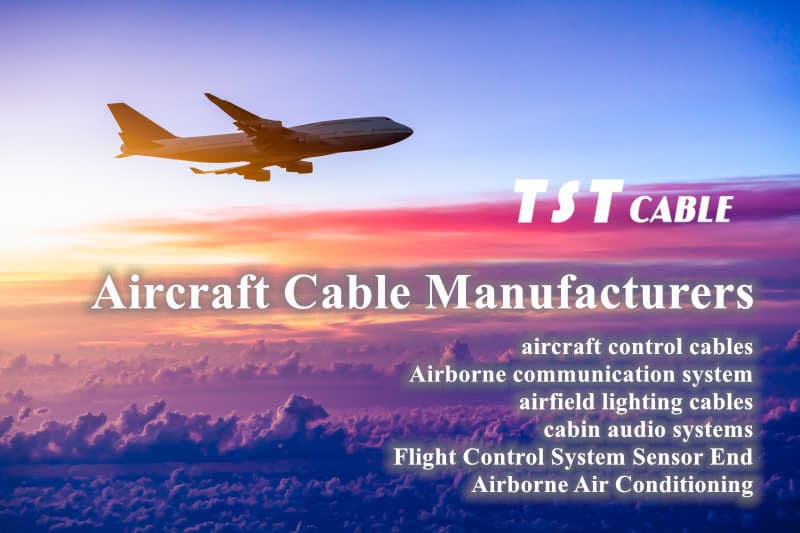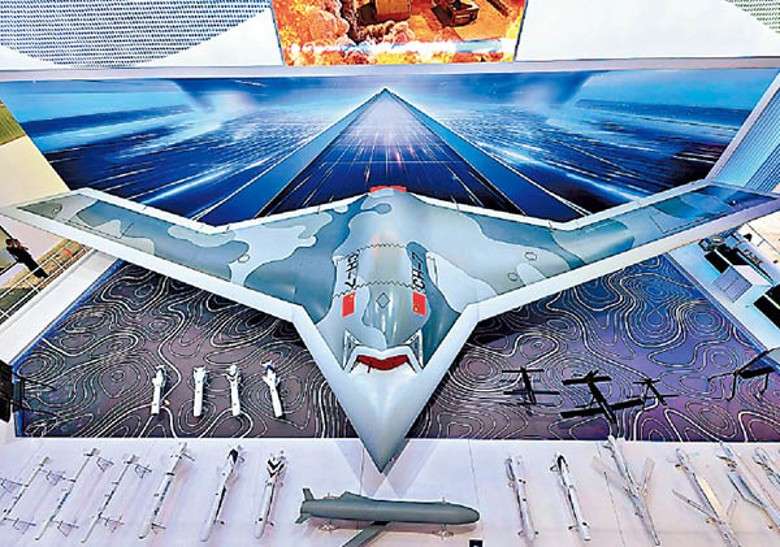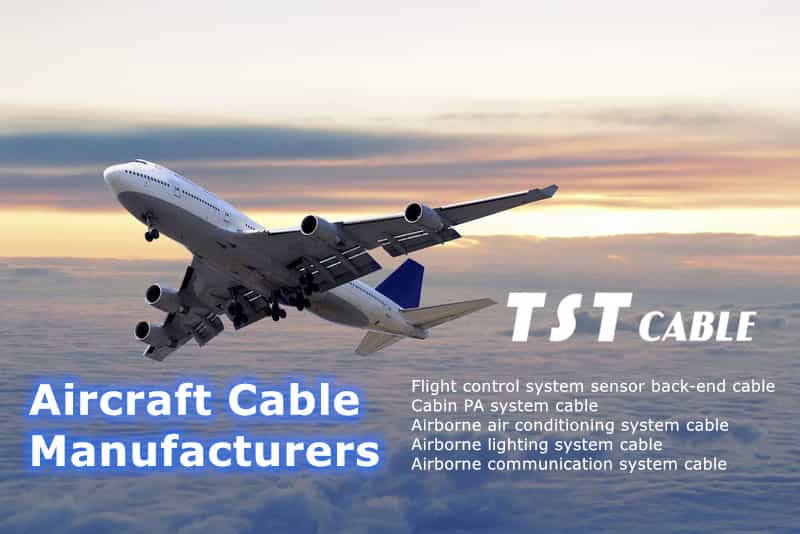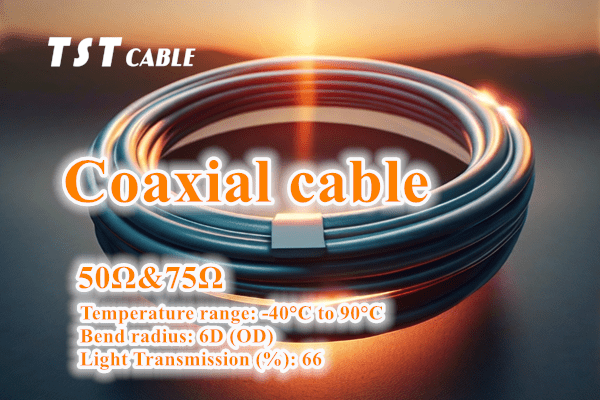First, coaxial cable (50 ohms or 75 ohms)
- Impedance: usually 50 ohms or 75 ohms, which is to ensure the efficiency and stability of signal transmission.
- Attenuation constant: indicates the loss of signal transmission in the cable, the unit is usually decibel/unit length (such as dB/100m).
- Frequency Range: The frequency range of signals that a coaxial cable can transmit, such as 0-2GHz or higher.
- Shielding effectiveness: Usually measured in decibels (dB) to measure the cable’s resistance to external electromagnetic interference.
- Structure: Coaxial cable consists of four layers of material, including a center conductor (usually copper wire), an insulator, a mesh conductor, and an outer jacket of insulating material. It has two main conductors, one is the center conductor for signal transmission, the other is the outer shield, usually grounded and sometimes used for signal return.
- Function: mainly used for transmitting RF signals, with good anti-interference ability.
- Application: Widely used in communications, computer local access network, video transmission, wireless communications and low-level RF signal transmission. For example, the cable television system uses a large number of coaxial cable to transmit television programs.

Second, biaxial cable
- Wire diameter: indicates the diameter of the conductor, affecting transmission performance and mechanical strength.
- Resistance: the resistance value of the conductor, affecting the efficiency and stability of signal transmission.
- Capacitance: the capacitance value per unit length of the cable, which is related to the transmission quality of the signal.
- Transmission delay: the time required for a signal to be transmitted in a cable, related to the cable’s dielectric constant and length.
- CONSTRUCTION: Also known as twisted/shielded cable, a twinaxial cable contains three main conductors: the center conductor (often blue), an intermediate connector, and an outer shield.
- Function: Suitable for differential data transmission and non-differential data transmission.
- Application: Usually used for occasions that require high data transmission quality, such as audio signal transmission, clock signal transmission, etc.
Three, triaxial cable
- Shielding effect: Due to the double shielding layer, its shielding effect is usually better than that of coaxial cable and biaxial cable, which can effectively reduce electromagnetic interference.
- Transmission loss: in high-frequency transmission, the transmission loss of triaxial cable is relatively low.
- Mechanical strength: Triaxial cables usually have good mechanical strength and can withstand certain external forces and bending.
- Operating frequency range: Triaxial cables are suitable for a wide range of frequencies and can meet a variety of application requirements.
- Structure: Triaxial cable is a complex cable structure, which includes a center conductor, an inner shield and an outer shield.
- Function: Provides double shielding to effectively reduce the effects of electromagnetic interference (EMI) and radio frequency interference (RFI).
- Application: Mainly used in military shipboard data bus, video transmission, test and measurement and other fields, especially in the need for high interference immunity and data transmission stability.
Four, four-axis cable
- Number of conductors: four conductors, can simultaneously transmit a variety of signals or power.
- Insulation resistance: the insulation resistance value between each conductor, affecting the quality and safety of signal transmission.
- Voltage strength: the maximum voltage value that the cable can withstand, related to the performance of the insulation material.
- Transmission rate: the speed of signal transmission in the cable, related to the electrical properties and physical structure of the cable.
- Structure: Quad-axial cables refer to cables with four cores, and their structure is relatively complex, but the specific construction will vary according to different application requirements.
- Function and Application: Quad axial cables are typically used where multiple signals or power supplies need to be transmitted simultaneously. Since the specific construction and use may vary depending on the manufacturer and application area, it is necessary to refer to the specific product specifications and instructions for use in actual applications.
Different types of cables have different technical specifications and application scenarios. Polyimides, fluoropolymers (e.g. FEP and PTFE) and cross-linked ethylene-tetrafluoroethylene copolymers (e.g. ETFE) are all good choices for aircraft cable insulation. The choice of material depends on the specific use of the cable, the operating environment, and the performance requirements. tst cables reminds consumers that when selecting aircraft cables, they need to consider the transmission needs, environmental conditions, and cost budget to make a sound choice.
Come explore the new world of cables with us!
Choose TST CABLES coaxial, bi-axial, tri-axial and quad-axial cables to make your transmissions more efficient and stable!
Our coaxial cables, with their superb immunity to interference, ensure that your signal transmissions are clear and error-free;
Twinaxial cables, the leader in differential data transmission, bring you an unrivaled sound quality experience;
Triaxial cable, double shielding protection, so that your data transmission is safe and worry-free;
And four-axis cable, multi-signal transmission at the same time, efficient and convenient, to meet your diverse needs.
Our aircraft cables, selected high-quality materials, exquisite craftsmanship, to ensure that each cable is durable.
Whether you are in the field of communications, audio and video transmission or other areas, we can provide you with the most suitable aircraft cable solutions.
For more information on low-smoke, halogen-free, flame-retardant, high-temperature-resistant cables or to customize cables for your machinery or system, visit https://www.tstcables.com/contact-us/
Also available in:
English





